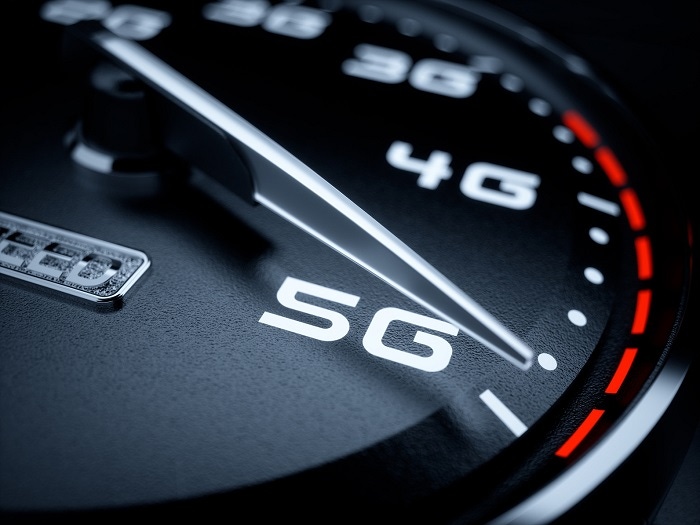Verizon is getting up to speed with its 5G spectrum aggregation
Verizon has achieved speeds of 4.3 Gbps in a lab trial that saw it aggregate C-band and mmWave spectrum.
May 6, 2021

Verizon has achieved speeds of 4.3 Gbps in a lab trial that saw it aggregate C-band and mmWave spectrum.
The US operator said it worked with Ericsson and MediaTek on the trial which took place recently and gives it the opportunity to once again talk up the planned expansion of its 5G Ultra Wideband network.
“These lab trials demonstrate the exceptional network performance our customers will receive as we are able to integrate our newly acquired C-band spectrum with mmWave spectrum,” said Verizon’s Senior Vice President of Technology Planning, Adam Koeppe.
Being a little cynical, one could suggest that Verizon is desperate to prove that its massive C-band spectrum spend – almost US$53 billion, in case anyone has forgotten – was worth it, this being its second C-band announcement in as many weeks. A fortnight ago Verizon revealed that it has started rolling out the spectrum, using kit from Ericsson and Samsung, despite the fact that the first swathe of frequencies it acquired at the recent auction will not be cleared until the end of the year. It is aiming to get a running start, with a view to making its C-band-based 5G Ultra Wideband service available to 100 million people by March 2022.
The even more cynical out there might even go as far as to suggest that the timing of the announcement was designed to draw attention away from the sale earlier this week of its media business, including AOL and Yahoo, to to private equity firm Apollo for $5 billion. ‘Hey everyone, look at us, we’re very definitely a telco business, look at how fast our 5G network could be! No, failed media assets round these parts…’ But perhaps that’s a bit of a stretch.
And being completely fair, it’s always interesting to see what can be squeezed out of spectrum assets, even under lab conditions.
Verizon said it aggregated 100 MHz of C-band spectrum with 600 MHz of mmWave frequencies to hit that 4.3 GHz data transmission rate. It used Ericsson basebands and radios, the latter using MIMO, and a pre-market test device based on MediaTek’s M80 modem, which combines mmWave and sub-6 GHz 5G technologies onto a single chip. MediaTek’s 5G modems can be used in a range of devices, including smartphones, PCs, MiFi hotspots, broadband CPE, industrial IoT applications and so forth, Verizon said.
So if you’re out and about and you and you want to be able to check you Yahoo account super-quickly…oh, right…
About the Author(s)
You May Also Like











_1.jpg?width=300&auto=webp&quality=80&disable=upscale)


.png?width=800&auto=webp&quality=80&disable=upscale)